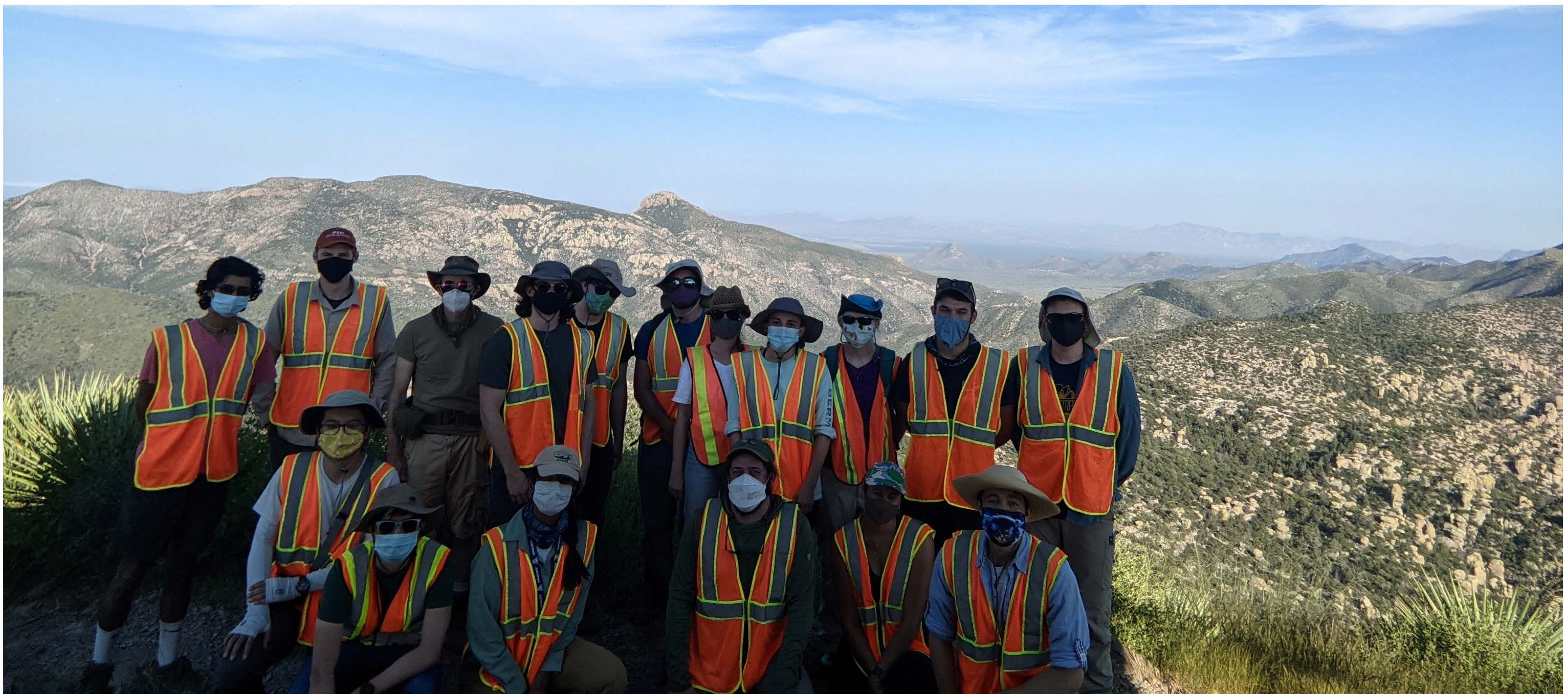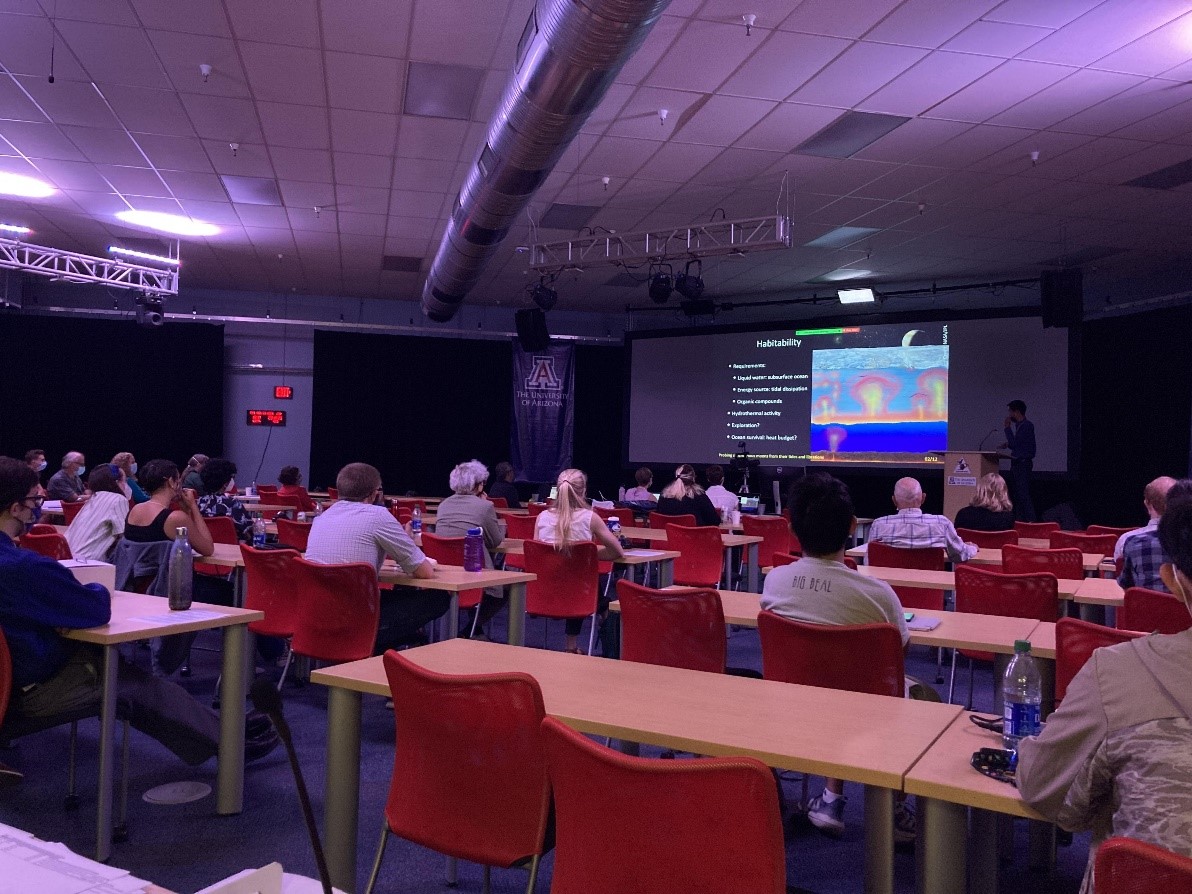Congratulations to LPL alums Nancy Chabot (1999), DART Coordination Lead, and Andy Rivkin (1997), DART Co-Investigation Team Lead. On November 24, NASA launched its Double Asteroid Redirection Test (DART) Mission on a SpaceX Falcon 9 rocket. DART is heading to the near-Earth binary asteroid Didymos, where, in September 2022, it will smash into Didymos' moonlet, called Dimorphos. The goal is to test if the technique, which will alter Dimorphos' speed and, consequently, its orbit around Didymos, could be used to defend the Earth from potential impactors.
Learn more about DART from Nancy and Andy at the links below:


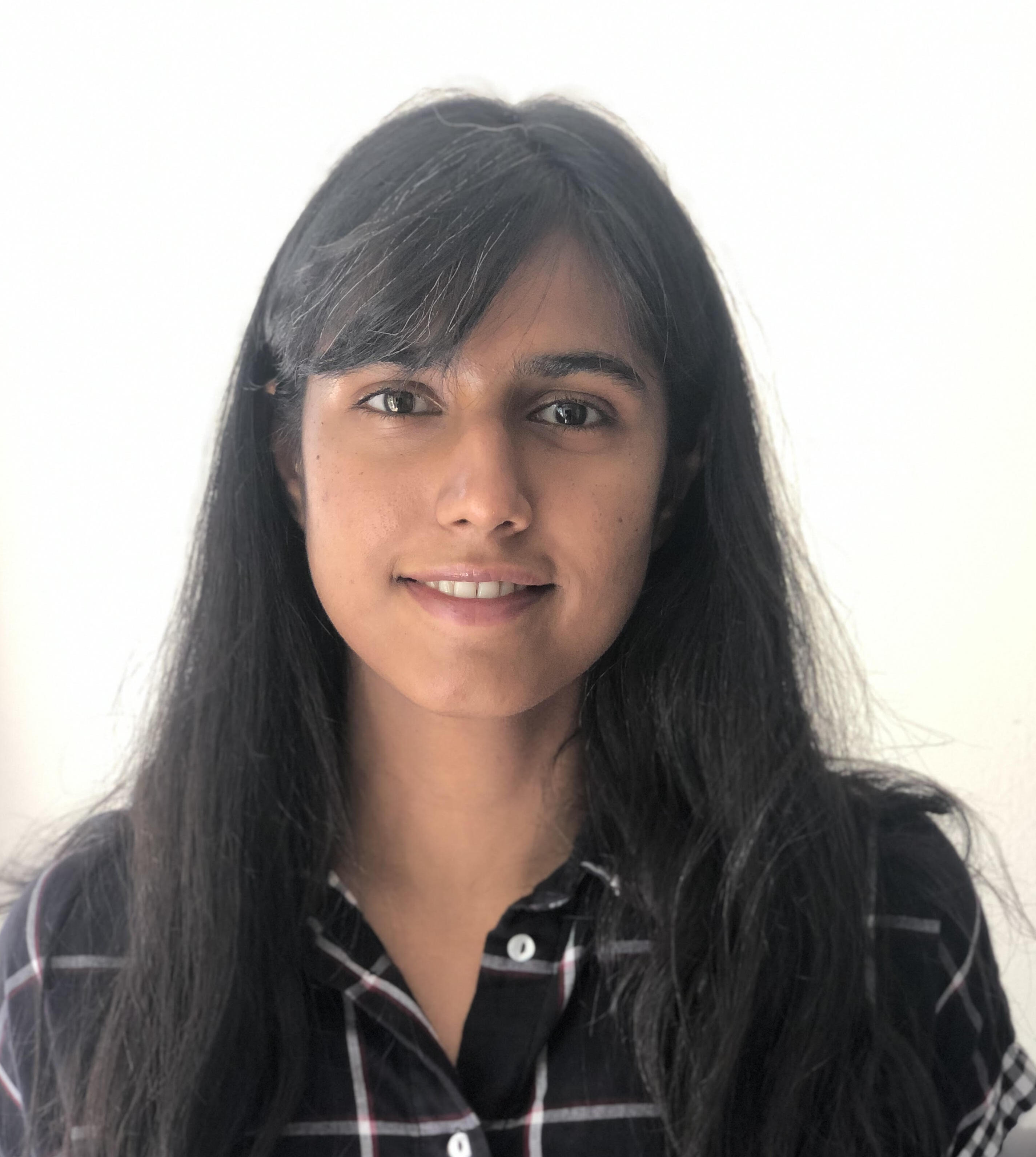
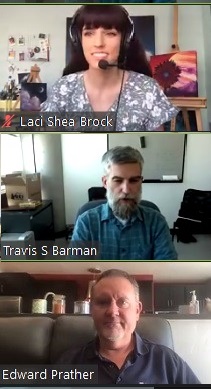
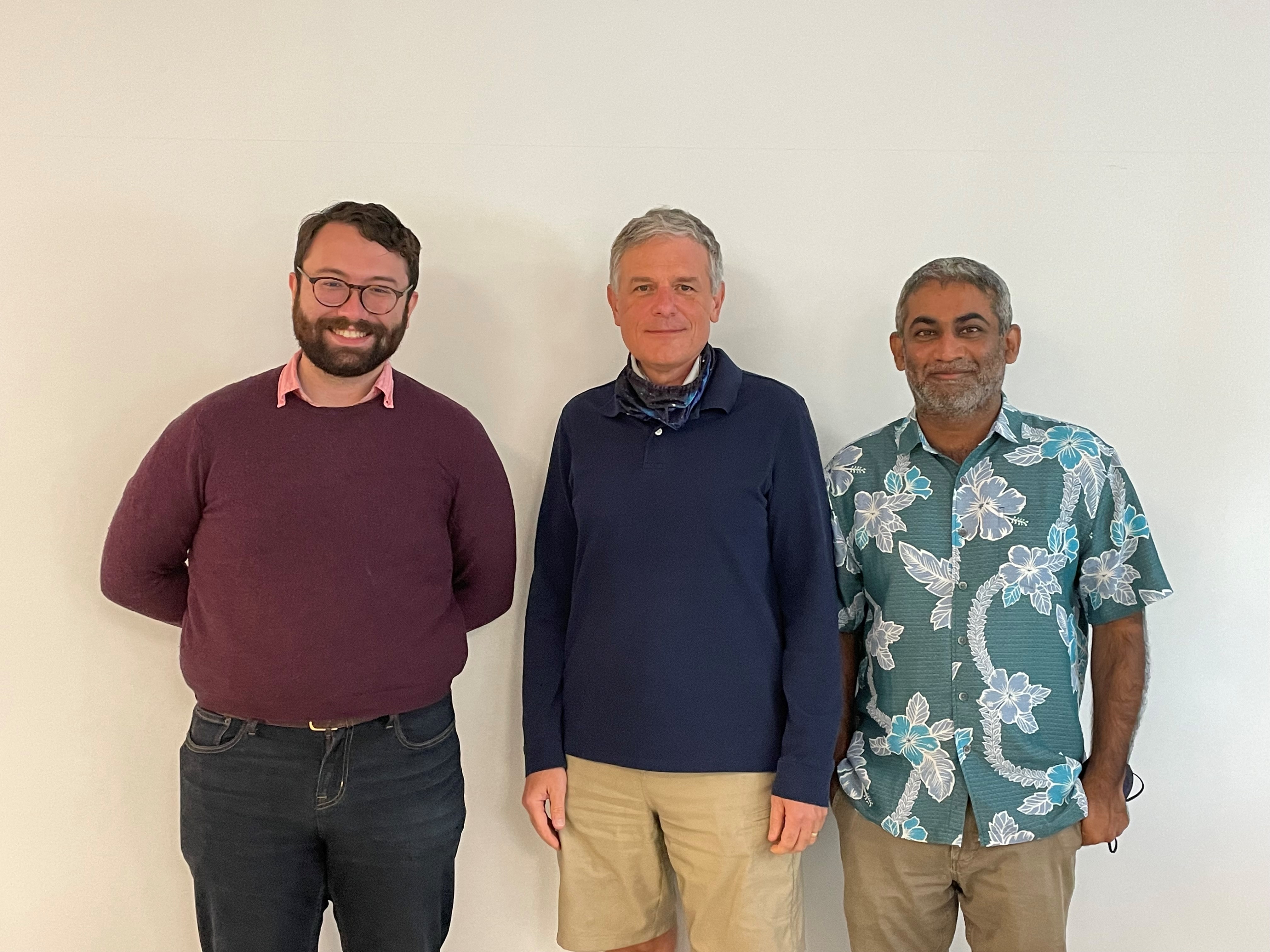
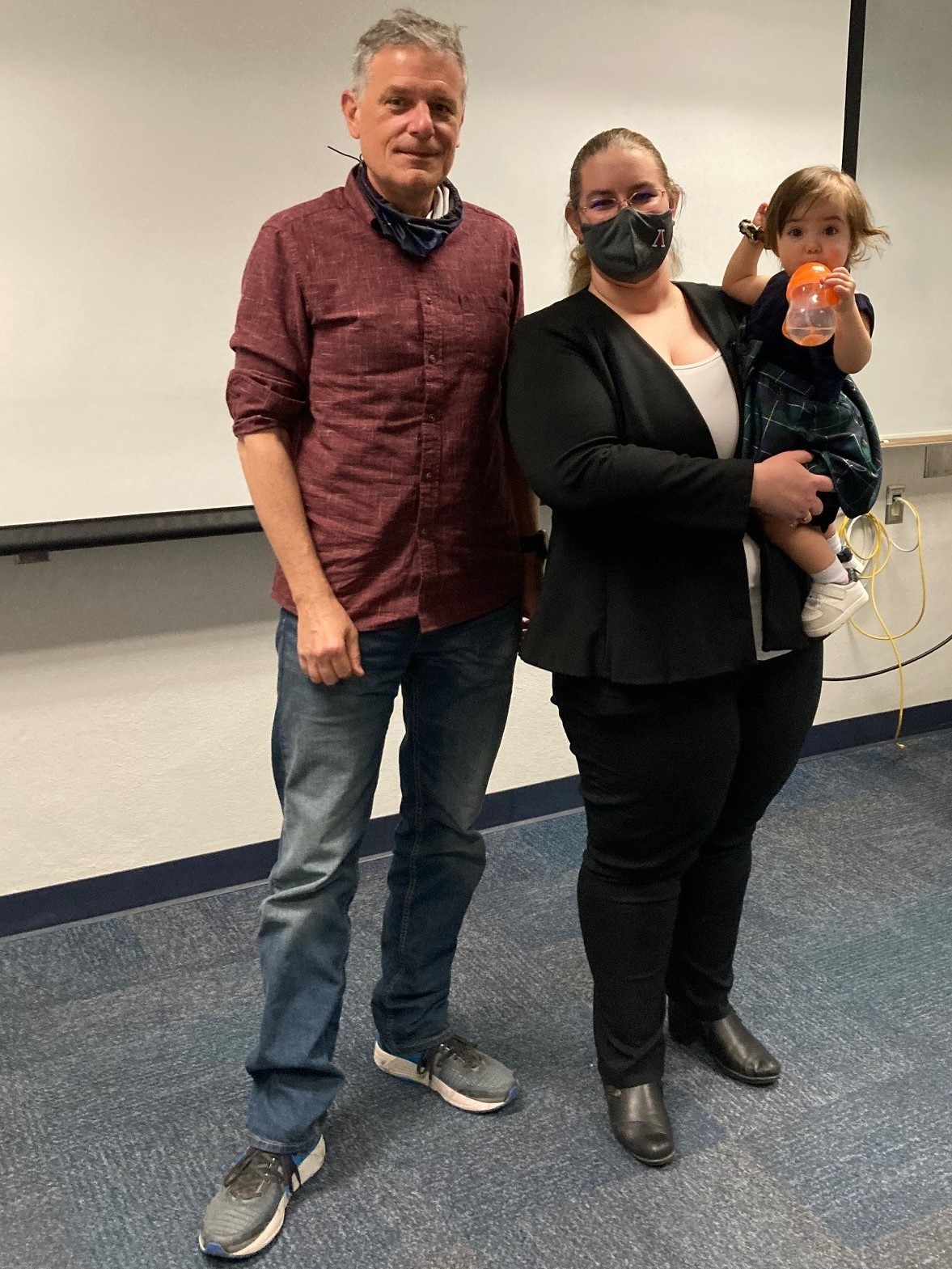
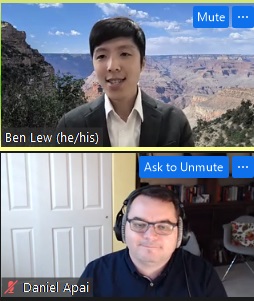
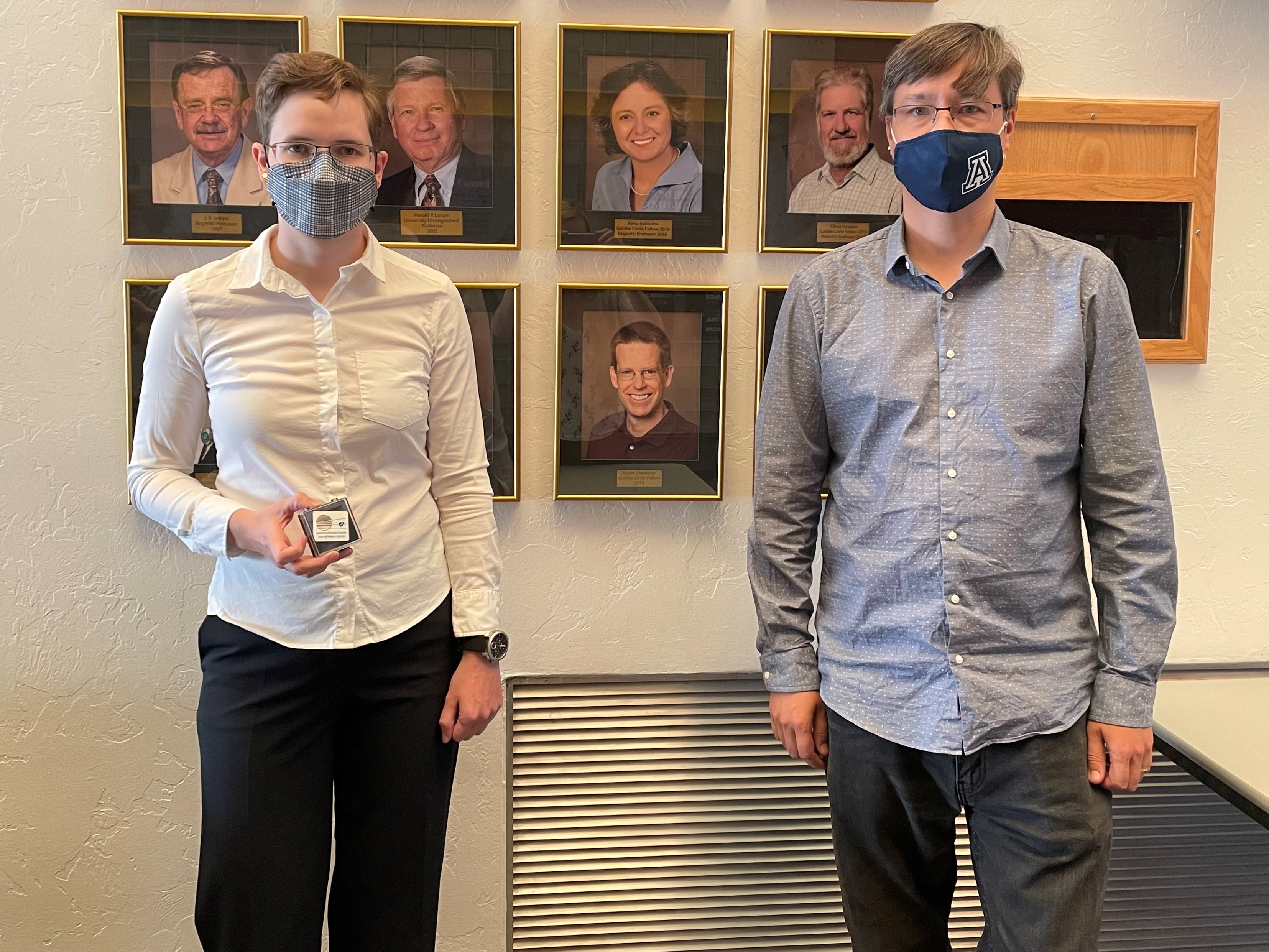
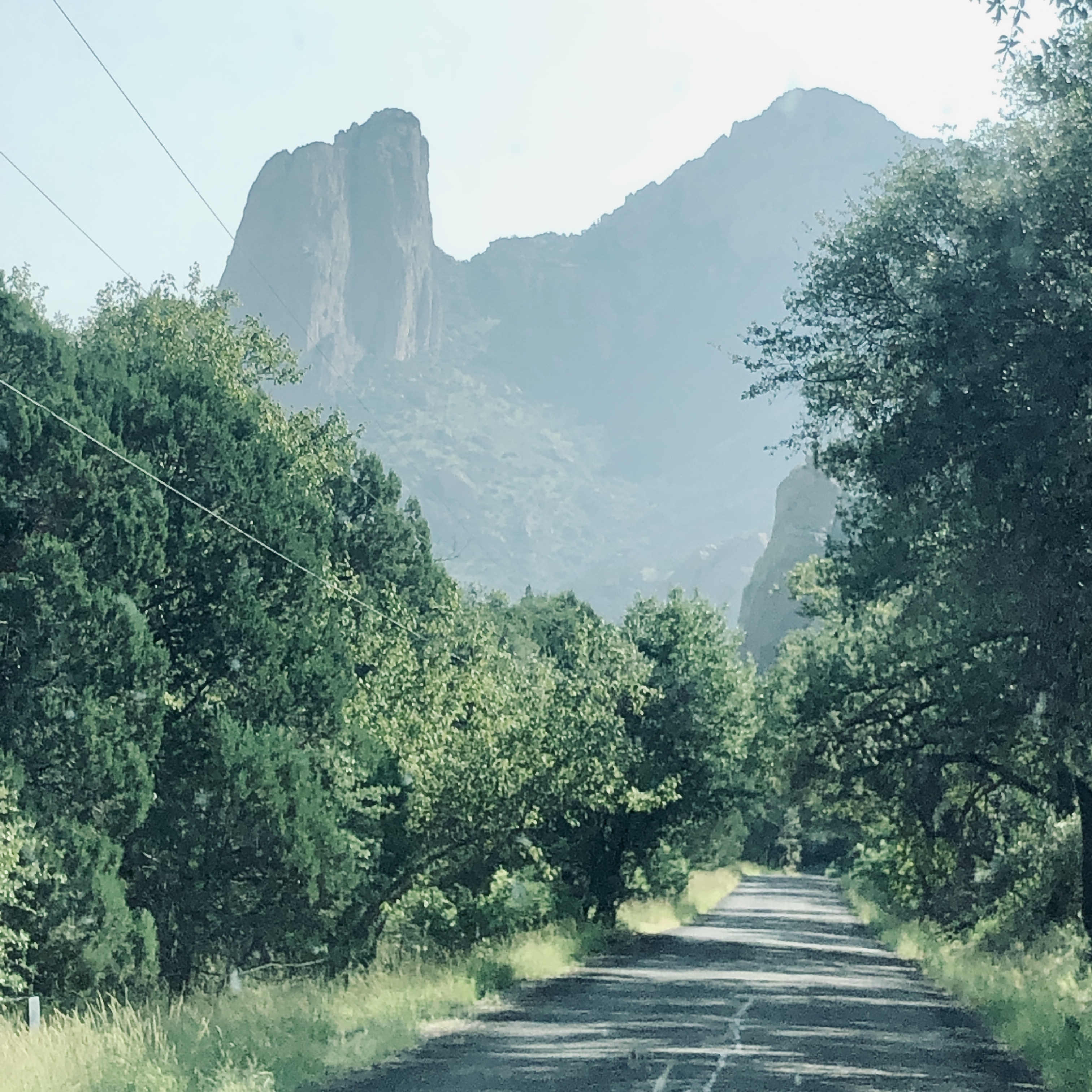 On the first day of our trip, we travelled to Texas Canyon, where we visited the
On the first day of our trip, we travelled to Texas Canyon, where we visited the 